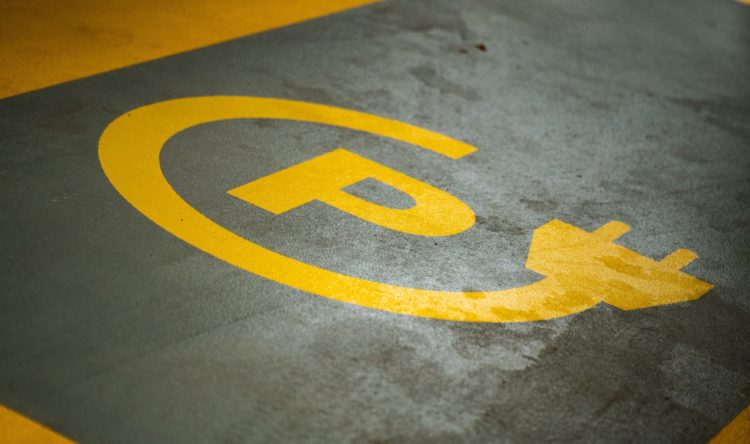Reduce rural speed limits from 60mph to 50mph?
We want to know your thoughts - Vote thumbs up or thumbs down
Yes – Prof Alan Tapp, Social Marketing, Uni of West of England
If I were a minister for road safety, I’d insist that all drivers pass the advanced test and have to re-sit it every three to five years. In an ideal world, there’s no need for speed limits if all drivers are highly trained, alert and considerate. As we know, most drivers don’t hit those standards. Therefore, the limits become a ‘catch-all’ device to account for the failure of the L-test and licensing to generate a ‘safe system’.
But that doesn’t negate the speed limit argument made by people who wear a public health or systems hat. To them, road safety as a system is a very important idea. They’d say that a key way to reduce the amount of casualties is to reduce the amount of kinetic energy in the system. And the easiest and quickest way is to just reduce speed across the system.
To argue against the kinetic energy theory is to be like King Canute. The laws of physics are inviolate. There are two key ways in which reducing speed reduces casualties: one, it gives the driver more time to react; and two, if they do have a collision, there’s less trauma. So the short answer to the question is yes… if drivers comply. But compliance is a whole new kettle of fish. Scotland’s A9 has average speed cameras from one end to the other and compliance is almost 100%. You’ve got to end up with a pragmatic solution on a particularly high casualty road. As drivers, we have to grit our teeth where, when we feel we can safely do 60mph, we end up doing 50mph.
No – Howard Cox, Founder and national campaigner, Fair Fuel UK
Dangerous driving is wrong. But is all speeding to be classed as dangerous driving when conditions are favourable? We don’t condone dangerous driving, but travelling marginally over speed limits shouldn’t always be deemed dangerous. Limits must reflect the nature of roads, so drivers can easily understand why the limit is set. We need more variable limits linked to time of day. For example, most drivers slow down outside schools with flashing yellow lights, but don’t at 2am when no kids are around. On narrow rural lanes of no more than one-and-a-half car widths, limits are as high as 60mph.
[mpu_260m]
So, is driving at 59mph on these roads dangerous? In my opinion, it is, but not in the eyes of the law. So called self-regulation for safe driving on these narrow, unlit single-carriageways is nebulous. Where it is safe to drive at the max speed, then so be it. Weather, road width, locations, pedestrian levels, time of day and amount of traffic should be built into a common-sense algorithm. Everyone speeds, no one can deny that, but if roads are classified correctly, there’d be less need for wrongful prosecutions, less speeding enforcements and more importantly, the roads would be safer. Call me a cynic, but sadly local highways decision-makers aren’t capable of seeing the light, and too many people are being pushed onto cash grabbing speed awareness courses, when it is safe to marginally exceed the limit.




